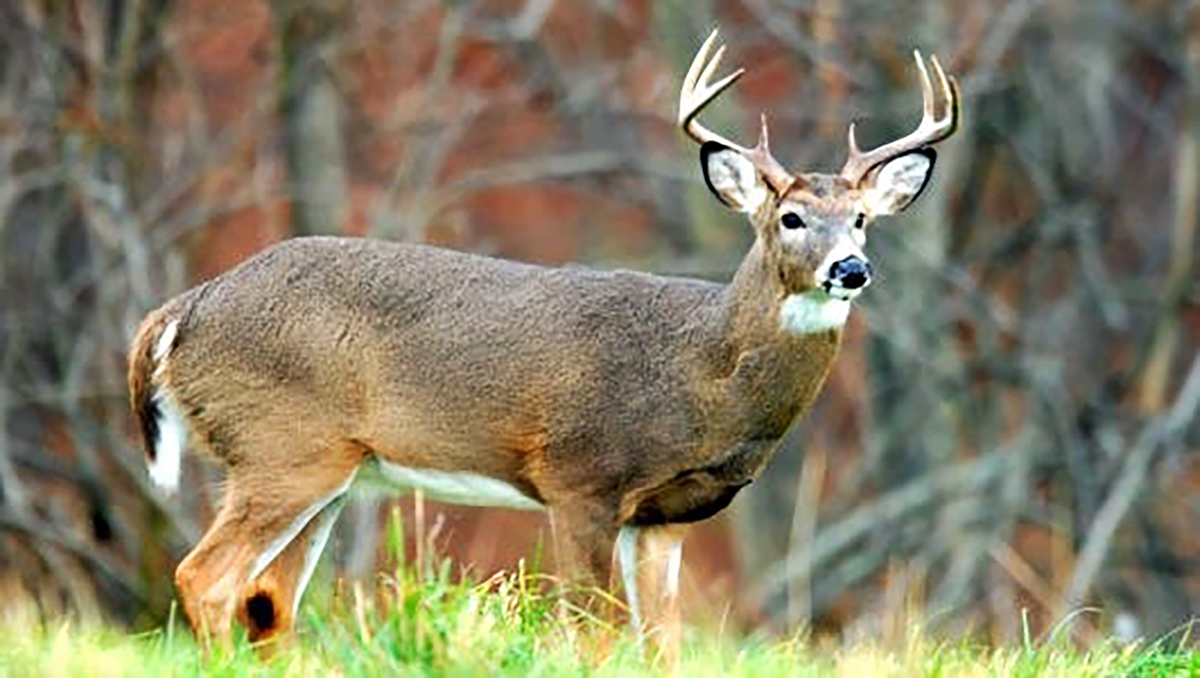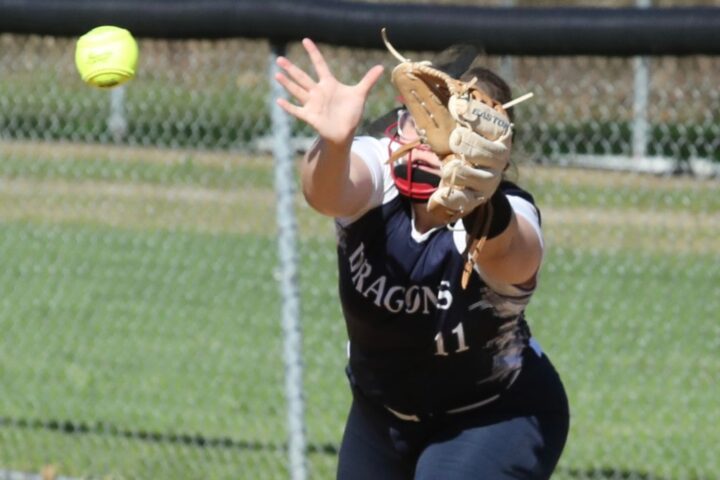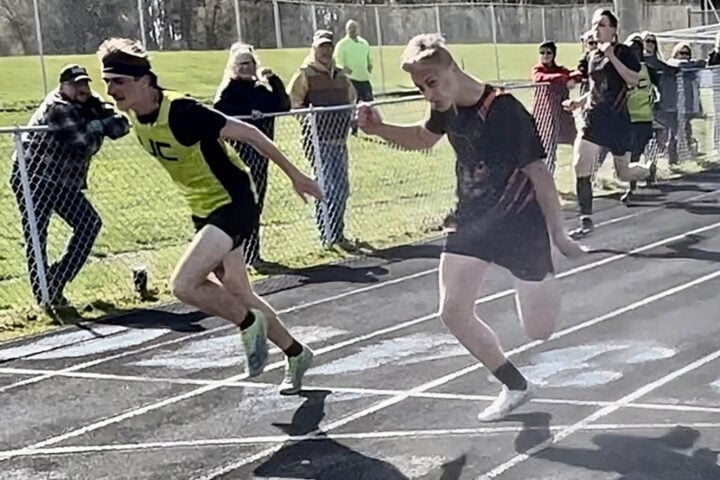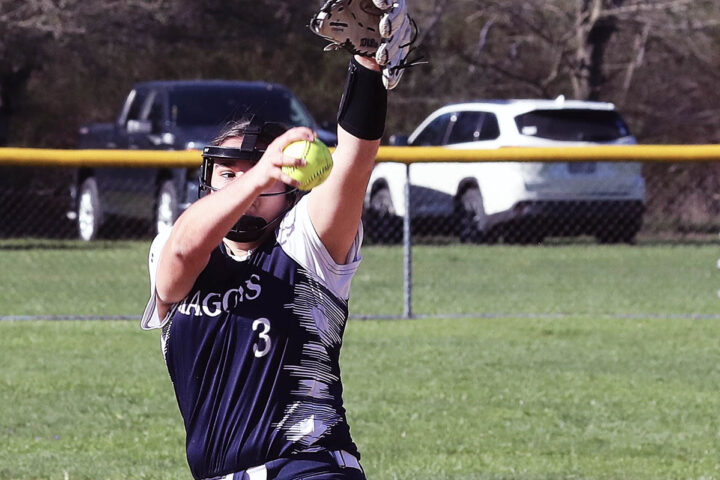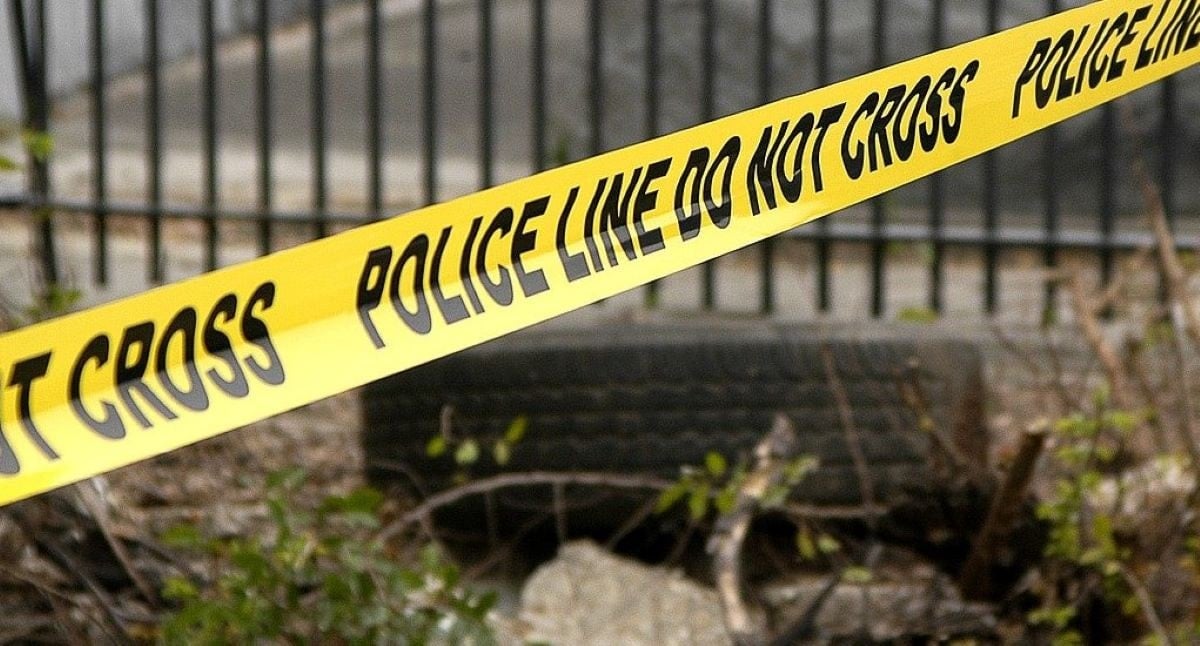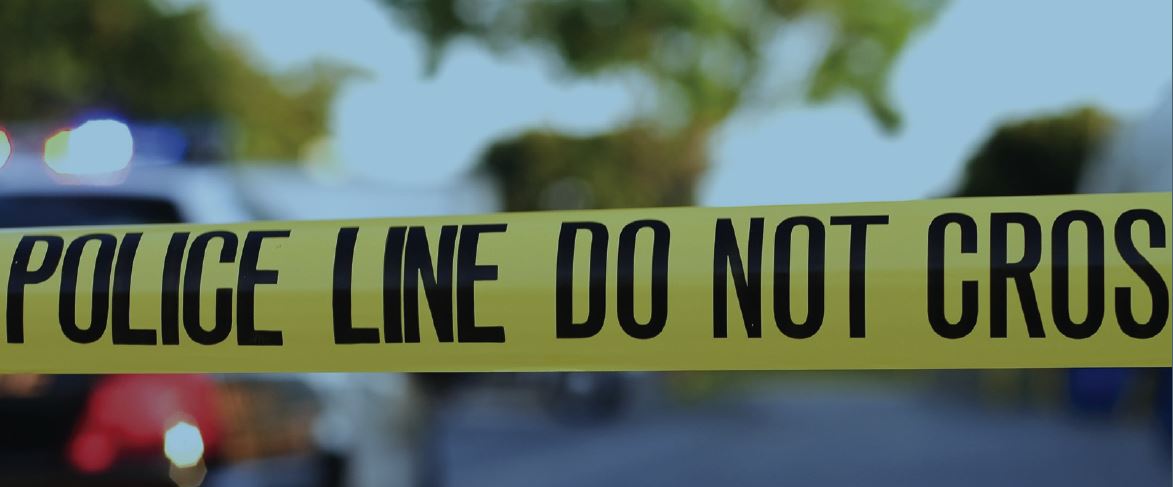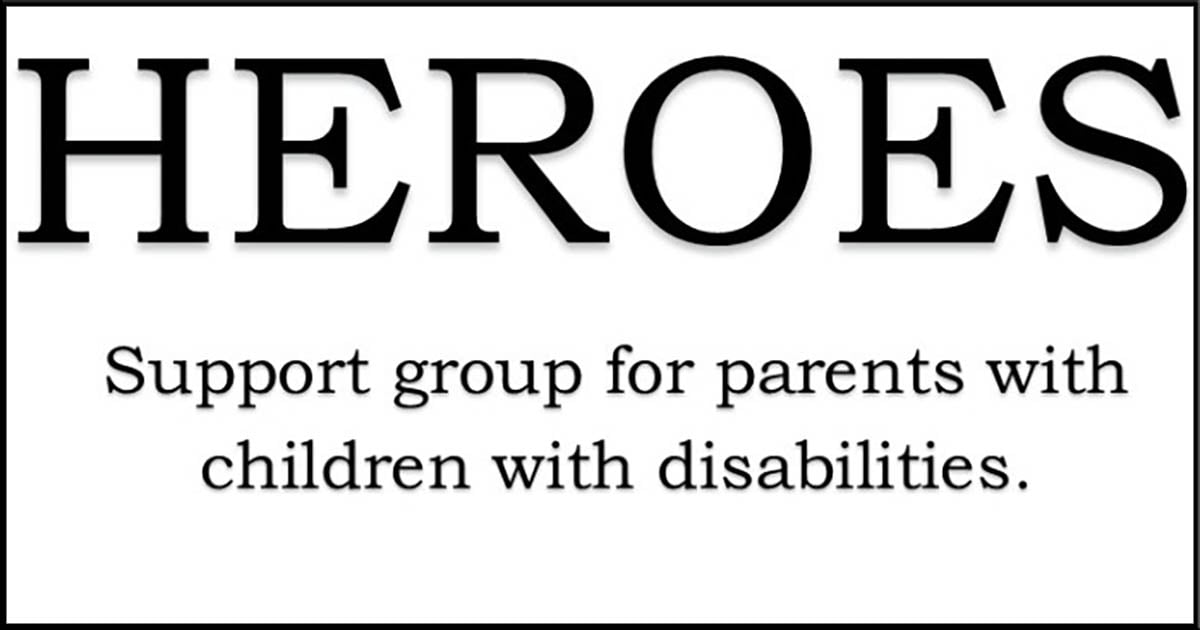Opportunity, meet convenience.
Pennsylvania’s upcoming firearms deer season – always the most popular on the hunting calendar – features abundant whitetails and increased flexibility in when and where hunters can harvest them. No wonder excitement is high for what this year might bring.
First, the opportunity.
Hunters harvested an estimated 435,180 deer in the 2020-21 seasons. That was 12 percent higher than the 2019-20 harvest of 389,431 and the highest harvest in 15 years.
Antlered deer were a large part of that. Hunters took 174,780 bucks last year. That was up from 163,240 in 2019-20 and 147,750 in 2018-19, and the most ever in the antler restrictions era.
No other state in the Northeast can match those numbers, not even when taking land mass into account.
According to the National Deer Association, in 2019 – the most recent year for which full statistics are available – Pennsylvania ranked second in the nation in buck harvest per square mile, trailing only Michigan. It produced almost three times as many bucks per square mile as any other state in the Northeast.
Two-thirds of those bucks were mature animals at least 2.5 years old, too.
Hunters likewise did well on antlerless deer. Pennsylvania ranked second nationally in 2019 in doe harvest per square mile, behind only Delaware. It produced two times as many does per square mile as any other Northeast state.
Yet, for all that, deer populations remain stable across most of the state’s 23 Wildlife Management Units (WMUs).
Now, the convenience.
The 14-day 2021 statewide firearms season is designed to maximize flexibility, in three ways.
First, it begins on Saturday, Nov. 27, and continues on Sunday, Nov. 28, providing hunters – many off work or school – a full weekend to be afield. Deer season then runs through Dec. 11, closing only on Sunday, Dec. 5.
Second, hunters with the proper licenses can harvest either an antlered or antlerless deer at any time throughout the season anywhere in the state. That’s a change from last year, when just 10 WMUs allowed concurrent buck and doe hunting.
That won’t necessarily lead to more antlerless deer taken overall.
The number of antlerless tags available this season was reduced in many WMUs compared to last to account for the additional days of antlerless hunting. Even where tag numbers are up – in WMUs included in CWD Disease Management Areas or where the goal is to stabilize deer numbers – the increase in tags is smaller than it would have been had seven days of concurrent hunting remained in place.
And third, the Game Commission this year made it possible for hunters willing to use antlerless tags to get more of them if the allocation hasn’t been sold out. It adopted a regulation change allowing hunters to hold up to six antlerless licenses at a time. That’s up from three previously.
That’s designed to give hunters desiring to take deer the opportunity to do so, and maybe even let last-minute license buyers get in on the action.
Last season, for example, more than 16,000 antlerless licenses remained available in mid-November in WMUs 2A and 4A. Yet hunters who already had three tags couldn’t buy any, even though no one else wanted them.
Upping the licenses-per-hunter limit better ensures tags are issued to the fullest extent possible. It also gives hunters the chance to buy antlerless tags deeper into hunting season.
A few WMUs still had antlerless tags available for purchase this week.
“It truly is an exciting time to be a Pennsylvania deer hunter,” said Game Commission Executive Director Bryan Burhans. “Hunters have the opportunity to pursue large-racked bucks in numbers unlike anything we’ve seen in more than a century. Plus, they’ve got more flexibility when it comes to deciding when and where to take antlerless deer.
“We know that’s important. In Pennsylvania and across the nation, hunters busy with family, work and school commitments consistently list lack of time as the biggest obstacle to getting into the woods. These changes address that and set the stage for folks to make some wonderful memories.”
Field conditions
Consistently finding deer means first finding the food they’re keying on. There seems to be plenty of that available this year, in lots of places.
Game Commission foresters, land managers and other field staff report that “soft mast” – apples, crabapples, hawthorn, black cherries and many berry-producing shrubs – are available in abundance across many areas of the state.
“Many areas report the best crop of apples in years,” said David J. Gustafson, Chief of the Game Commission’s Forestry Division.
Supplies of “hard mast” look good, too.
Gustafson said white oak and chestnut oak acorns are abundant and widespread everywhere except for where gypsy moth defoliation was an issue this spring. In those areas, the white oak group acorn crop is almost nonexistent.
“In fact, some State Game Lands that the Game Commission sprayed to control gypsy moth are seeing the best white oak group acorn crop in several years, while areas that weren’t sprayed on neighboring properties that suffered significant defoliation failed to produce,” Gustafson said.
Acorns from trees in the red oak group – namely red, black, and scarlet oak – are widely available, as well, with a few exceptions attributable to an “elevation-driven phenomenon.”
Heavy frosts in some areas in spring of 2019, when the flowers leading to this year’s crop of red oak acorns formed, negatively limited production.
“So in some places you will find red oak acorns high on the mountains where winds prevented the damaging frost, while the lower slopes have none,” Gustafson said. “Other areas that had no frost impacts are seeing normal to above average red oak group crops.”
Hickory nuts, meanwhile, seem at near-record levels, with many areas of the state seeing more than at any time in the last decade.
With all that food available in so many places, not to mention that available in places like cornfields, deer can be spread out. So hunters should scout before the season.
Deer usually make a mess wherever they eat, so it shouldn’t be hard to sort out whether they’re using an area. Look for raked up leaves, droppings and partially eaten mast for confirmation.
Then, when setting up a hunting stand, use the prevailing wind to your advantage. It should blow from where you expect to see deer to your location.
Finally, dress for the weather and sit tight. There will be other hunters out there, too, some sitting, others still-hunting or driving for deer in groups. They might chase deer your way.
Licenses
Hunters are permitted to harvest one antlered deer with a valid general hunting license, which costs $20.97 for adult residents and $101.97 for adult nonresidents.
To take an antlerless deer, a hunter must possess either a valid antlerless deer license or valid Deer Management Assistance Program (DMAP) permit. A mentored hunter under the age of 7 cannot apply for their own antlerless license or DMAP permit but can harvest an antlerless deer if an antlerless license or DMAP permit is transferred to them by a mentor at the time of harvest.
Antlerless deer licenses can be used anywhere within the Wildlife Management Unit (WMU) for which they’re issued.
A DMAP permit can be used only on the specific property for which it is issued.
Some DMAP permits might remain available on private and public properties throughout the state. Visit the Game Commission’s website to learn more about where they are available.
Mentored hunting permits, meanwhile, are available to hunters of all ages. Mentored hunters ages 7 and older receive an antlered deer harvest tag with their permit. Those under 7 must receive deer harvest tags from their mentors. A mentor can transfer an antlered deer harvest tag and an antlerless license and/or DMAP permit to a mentored hunter under 7.
Mentored hunters ages 7 and older can apply for one antlerless deer license. They can also apply for DMAP permits, following the same regulations as adults.
Mentored hunting permit fees are $2.97 for residents and nonresidents under 12; $6.97 for residents 12 to 16; $41.97 for nonresidents 12 to 16; $20.97 for residents 17 and older; and $101.97 for nonresidents 17 and older.
Hunters 12 or older who are certified through the Game Commission’s Hunter-Trapper Education program qualify to purchase general hunting licenses, which provide more privileges. Certified hunters 12 to 16 can obtain junior licenses, the least expensive of which cost $6.97 for residents and $41.97 for nonresidents.
Those holding senior lifetime licenses are reminded they must obtain a new antlered deer harvest tag each year, free of charge, to participate in the season.
General hunting licenses can be purchased online, but as the season nears, hunters might find it better to purchase licenses in person. Hunters can carry a digital version of their general license afield, but still need their paper harvest tags. Deer licenses purchased online are mailed, meaning those harvest tags might not arrive in time if purchased too close to the start of the season.
Hunters are reminded the field possession of expired licenses or tags, or another hunter’s licenses or tags, is unlawful.
Deer season regulations
Rules regarding the number of points a legal buck must have on one antler vary by WMU. In most WMUs, a buck with three points to a side, counting the brow tine, is legal. But in WMUs 1A, 1B, 2A, 2B and 2D, a buck must have three points not counting the brow tine. Junior license holders, mentored youth, disabled hunters with a permit to use a vehicle, and resident active duty U.S. Armed Services personnel, can harvest antlered deer with two or more points on one antler, or a spike three or more inches in length.
For a complete breakdown of antler restrictions, WMU boundaries and other regulations, consult the 2021-22 Pennsylvania Hunting & Trapping Digest, which is provided to hunters at the time they purchase their licenses and available online at the Game Commission’s website, www.pgc.pa.gov.
Deer hunters everywhere statewide, meanwhile, must wear at all times a minimum of 250 square inches of fluorescent orange material on their head, chest and back combined, visible from 360 degrees, during the firearms deer season. An orange hat and vest will satisfy the requirement.
Nonhunters who might be afield during deer season and other hunting seasons should consider wearing orange, as well.
Hunters who harvest a deer are required to affix a valid tag to the ear – not an antler – before the deer is moved. The tag must be filled out with a ballpoint pen and notched or cut with the correct date of harvest.
Hunters must then report their harvest to the Game Commission within 10 days. Harvests can be reported online at www.huntfish.pa.gov, by calling 1-800-838-4431 or by mailing in the postage-paid cards that are provided in the digest.
Mentored youth hunters are required to report deer harvests within five days. And hunters with DMAP permits must report on their hunting success within 10 days of the last possible date of harvest, regardless of whether they harvest deer.















